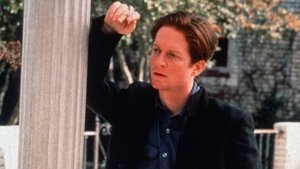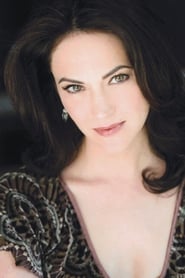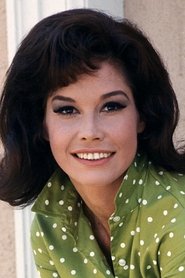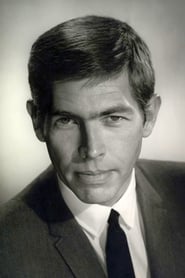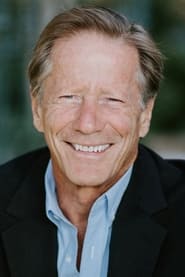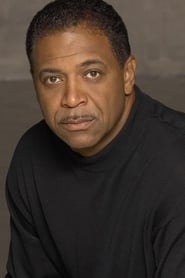Cast
View AllEric Stoltz
as Richter Boudreau
James Spader
as Ronnie Stover
Deborah Kara Unger
as Vicky Michaels Stover
Joanna Going
as Cherry
Michael Rooker
as Keith Michaels
Mary Tyler Moore
as Cynthia Boudreau
James Coburn
as Harmon Shaw
Peter Strauss
as Chip Carlson
Cameron Diaz
as Trudy
Marco Perella
as Bedford Shaw
Alex Morris
as Policeman
Crew
Director
- Leslie Greif
Producer
- Harley Peyton
- Leslie Greif
Reviews
Wuchak
**_The bad side of Tulsa_**
A young man (Eric Stoltz) has a wealthy mother (Mary Tyler Moore), but is about to lose his movie-review job at the paper while owing money to a no-nonsense drug dealer (James Spader) and struggling with feelings for the dealer’s wife (Deborah Kara Unger). The latter’s brother is an old friend, but now a rich psycho (Michael Rooker), as Richter starts a relationship with a drug-addled woman (Joanna Going). On top of all this, Ronnie manipulates him into getting involved in a risky blackmailing scheme.
“Keys to Tulsa” was primarily shot in December, 1994, but not released until 1997. It’s a psychological study of several flawed people within the context of a crime drama that mixes quirky humor with serious situations. Although there are a few thrills, it’s not a thriller, but rather a soap opera meshing Tarantino with Tennessee Williams. The semi-incoherent plot is reminiscent of the contemporaneous “Cop Land,” but it’s not as satisfying as that movie, not to mention “Pulp Fiction,” “Jackie Brown” or “The Fugitive Kind.”
More coherent storytelling would’ve helped, but there are other issues. The flick wallows in the seedy side of life with a curious shortage of light (even “Pulp Fiction” featured a potent message of redemption), which is ironic seeing as how Tulsa is sort of seen as America’s ‘City of God.’ When it does try to convey some noble bit, like the revelation that a certain adulterous woman truly loves her husband, it comes across awkward, disingenuous and eye-rolling.
It has a notable cast, though, and there are entertaining moments here and there. Spader is great as a Dark Elvis type and Deborah Kara Unger never looked better, not to mention Going. The latter has a few nude scenes, I guess to make up for the movie’s shortcomings. But her character is so lost, so drug-addled, you feel sorry for her. Yet it’s not like these kinds of people don’t exist.
At the end of the day, the flick had great potential, but needed a rewrite to work out the kinks and flush out better entertainment. Still, some of it works.
It runs 1 hour, 53 minutes, and was shot in Dallas-Fort Worth, Texas (along with nearby McKinney) and Tulsa, Oklahoma.
GRADE: C/C-
Dec 22, 2024
Thematic Analysis
As a dramatic work, Keys to Tulsa examines complex human relationships and emotional struggles against the backdrop of a period setting that reflects societal issues of its time. The character development particularly stands out, offering viewers a chance to reflect on their own life journeys.
Director Leslie Greif brings their distinctive visual style to this film, continuing their exploration of themes seen in their previous works while adding new elements. Their approach to character development and emotional depth creates a viewing experience that rewards close attention.
Released in 1997, the film exists within a cultural context that now offers viewers historical perspective on the social issues of that era. Its reception demonstrates the diverse reactions to its artistic choices and its place in cinema history.
Did You Know?
- The production of Keys to Tulsa took approximately 4 months from pre-production to final cut.
- The final cut of the film runs for 113 minutes, though the director's initial assembly was reportedly 144 minutes long.
- The director insisted on using practical effects whenever possible, reserving CGI for only the most necessary scenes.
- Several scenes were filmed in multiple locations to capture the perfect setting.
- The costume department created over 367 unique costume pieces for the production.
Historical Context
- In 1997, when this film was released:
- Digital technology was transforming the entertainment industry.
- The end of the Cold War was reshaping global politics.
- Independent cinema was growing in influence, challenging the dominance of major studios.
How This Film Stands Out
While Keys to Tulsa shares thematic elements with other films in its genre, it distinguishes itself through its unique approach to storytelling, visual style, and character development.
Unlike The King of Comedy, which focuses more on action than character development, Keys to Tulsa offers a fresh perspective through its innovative visual language and narrative structure.
While films like Insomnia and Annaluise & Anton explore similar territory, Keys to Tulsa stands apart through its distinctive directorial vision and pacing.
This film's unique contribution to cinema lies in its bold artistic choices and willingness to challenge viewer expectations, making it a valuable addition to its genre.
Details
- Release Date: April 11, 1997
- Runtime: 1h 53m
- Revenue: $57,252
Where to Watch


